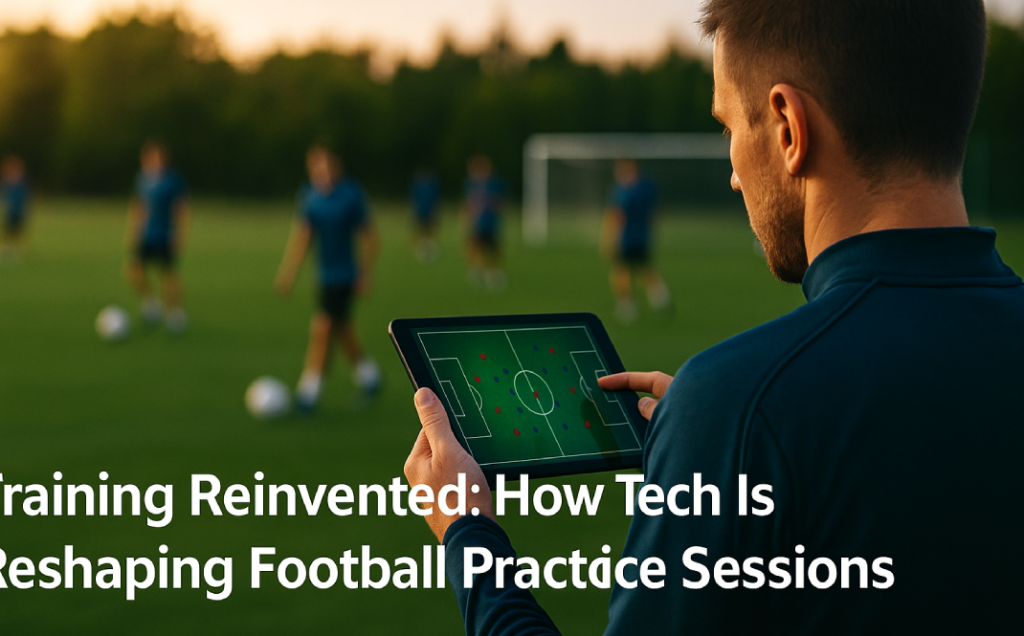
Walk onto a professional training pitch these days, and you’ll likely see more than cones and whistles. From drones flying overhead to tablets on the sidelines, new technology in football has completely transformed how players prepare for match day. What used to be purely physical has now become part digital lab, part coaching zone. And having trained with a semi-pro club in my university years, I can say this: today’s training is a different beast entirely.
Smart Sessions: From Guessing to Tracking
Before GPS wearables, coaches relied on observation. Now? They can measure everything. Acceleration, deceleration, sprints, heart rate zones—right down to workload per player per session. One of my friends who now coaches U18 football swears by these insights. “I don’t push them blindly anymore,” he told me. “If the data says they’re at red zone fatigue, we scale down the drills.”
This kind of information helps avoid burnout, overtraining, and unnecessary injuries. It’s a layer of protection that players from past eras never had. It also allows training to be individualized while still keeping the team cohesive.
Video Replay and Tactical Adjustments
Just like we discussed in the first article of this phase, data matters—but visuals bring it to life. Many clubs now film their own training sessions and use software to break down positioning, pressing structure, and shape transitions. The feedback isn’t delivered a day later—it’s instant.
Imagine stopping a drill midway and showing a player their positioning using a replay tablet. That real-time feedback is powerful. It speeds up learning, eliminates miscommunication, and makes every rep more meaningful.
Drills Gamified With AR and AI
Some academies and pro clubs have started using augmented reality (AR) drills. Players wear lightweight AR glasses that project simulated opponents or game situations. They’re asked to react, pass, shoot, or reposition—all tracked in real time.
It might sound like sci-fi, but it’s real. It’s the same logic that drives platforms we mentioned in the smart scouting article. It keeps players engaged and mentally sharp. It also challenges them to stay adaptable in chaotic, realistic game scenarios.
Coach Collaboration and Performance Dashboards
Tech isn’t just helping players—it’s making coaches smarter, too. Dashboards now track not only physical metrics but also engagement levels, technique scoring, and even emotional trends across sessions. Coaches meet regularly to review player dashboards and tweak training for the next week.
Some clubs even sync training sessions with nutrition apps and sleep trackers, creating a truly holistic approach to player development. It’s not just about getting better—it’s about getting better smarter.
Conclusion: The Practice Field Goes Digital
Football training has always been where hard work meets preparation. But now, with new technology in football, it’s where data meets development. Sessions are shorter, sharper, more tailored—and more effective.
If you’re involved in coaching, playing, or youth development, now’s the time to explore these tools. Whether you’re a top-flight academy or a community team with ambition, this tech is no longer just for the elite. It’s for anyone ready to train with purpose.